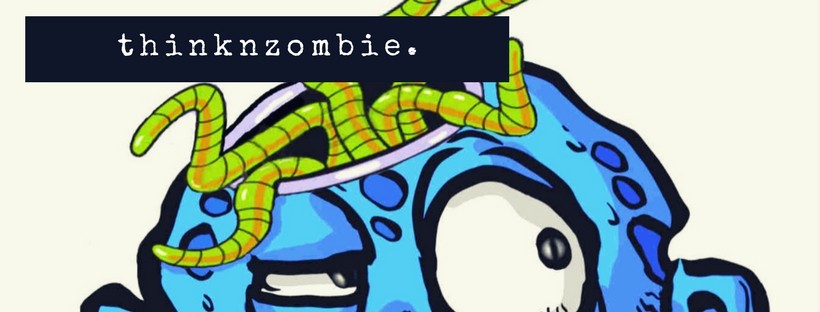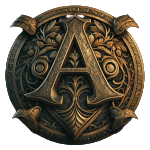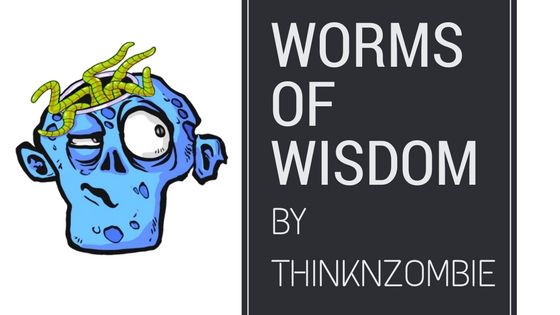In my last post on this topic ( Part1) we covered some of the basics of story openings or hooks.
Going back to my opening line from The Mask of White and Red:
Ilsa’s first memory was of fire.
Something is clearly wrong when someone’s first memory is of fire. There’s no nurture there, only trauma. We instinctively know that there must be a reason for that. There must be a story there. It intrigues us. It entices us and we read on to find out more about Ilsa and learn what happened to her (the What question) and then finally why this happened to her (the Why question) as well as what she’s going to do about it. And ultimately, will she prevail? Your first line needs to set all of this up. If it doesn’t, Discord is going to win.
Here’s another one from another story I’m working on:
The inside of most people’s minds is like trifle. There’s the harder outer layer, slightly stale and crusty but not invulnerable. Once you figure out how to slip through it you’re into the wet sponge matrix of their memories.
Assuming this works as an opener, I like to think that it creates intrigue about the character. There’s a unique voice here. There’s something weird and interesting (I hope) and that (again, hopefully) entices the reader to keep reading.
Common Story Opening Mistakes
There are, unfortunately, some rather large pointy rocks that can sink your fledgling story rather quickly after its launch.
Starting in the wrong place
This happens a lot. You’ve written several thousand words only to discover that nothing has happened yet. Alternatively, you’ve just left a massive info dump on the page detailing the last three thousand years of history of your world, the various cultures, their many wars and religions and oops… you’ve probably started in the wrong place. Generally you want to start as close as possible to where the action is. But what does that mean in practice?
In your story there will be a point where the protagonist is forced out of their regular life. Remember, the balance is off. The world has changed somehow. There is something rotten that must be repaired. Without that, your protagonist would go about their everyday life, happily grinding buckwheat kernels to make flour and then kneading that mix to make dough–you get the idea. In short, without this change to the status quo there is no story. You need to start as close to that point as possible.
Cliched Openings
Sometimes our subconscious isn’t certain how to get us into the scene so it picks an image that feels comfortable as a beginning. Common openings we see are having a character waking up, having breakfast or taking a shower.
In other cases the writer really wasn’t sure what they wanted to write, who the character is or where they are. Starting the story with the character being unsure of their location, or in a white room are both common cliched story openings from beginning writers.
Luckily the fix is easy. These are examples of starting in the wrong place. The way to fix this is just to keep writing, then remove everything prior to where the story actually starts. You can afford to lose that stuff. It’s the equivalent of a warm-up lap.
Providing Too Much Information (Info Dumps)
Is it really necessary to tell us how the planet was formed in the first page? Do you need to go into the lineage of the emperors–all twenty generations? Start the story with a protagonist doing something active as close to the action as possible and you will have a compelling story. The rest is simply unnecessary and if those details are needed they could be threaded into the story as needed later. This really should be more like weaving a rug than dumping a load of gravel.
“Setting the Scene”
Sometimes beginning writers argue that the additional details they have added at the start of their story are necessary to “set the scene”.
This is compounded by advice often given online that a good story opening requires description to “paint a picture” for the reader.
This is bad advice. Unnecessary description is very similar to the info dump problem. Adding additional information that does not answer the Who question or a block of text about some aspect of world building that the writer is proud of, will do nothing but stop a reader in their tracks.
Likewise, adding copious amounts of description in the first few paragraphs is like smothering your reader in a pile of papyrus . The distractions are calling them and only a strong voice, sure-footedly striding towards the Who, What and Where questions will give the reader the trust to read on.
You can imagine their desire to read is like a campfire. We want them to burn with page-turning desire, but first we need to kindle the flame. Too much too soon will do nothing but cause smoke from their ears.
Having the protagonist be passive.
Jimmy sighed and let go of the tree branch, allowing himself to fall lightly to the ground.
Is that a good opening? The Who question is answered immediately. At least, we have a name. Jimmy. He was holding a tree branch and, it appears, swinging in the air. He’s doing something too, so there is action. Perhaps this is a good opening? Hint: it’s not.
Firstly, Jimmy is sighing. I can hardly think of a more passive thing for a protagonist to do. Then there’s the letting go of the tree branch and falling to the ground. As a reader, my instinct is to say “so what” and move on to playing my PS4. Letting go of something is also passive. Falling is also passive. Jimmy, our would be protagonist, cannot even take charge of the first sentence, so what good will he be during the rest of the story?
Additionally, there’s no real hint that the world is in imbalance. There’s a whiff of mystery. Why is Jimmy in the tree? Why is he sighing? But little else there to entice the reader to keep going.
If it is important that Jimmy start hanging in a tree then it will need to be done in a way that shows that something is up. We need a hint of Jimmy’s motivation or at least his predicament.
Is it okay to start with dialogue?
This question is thrown around all the time. Here’s the short answer. Yes. Go for it. Dialogue is great. Just remember, as with all techniques there is also a downside which I will explain further down. Here’s an example of story that starts with dialogue done well:
“’I’ve watched through his eyes, I’ve listened through his ears, and I tell you he’s the one.'” – Ender’s Game by Orson Scott Card.
That’s a ripper of a story and it starts with dialogue. Not an issue at all.
Here’s the opening line of my story The Cabin Boy:
“I’ve never met a werewolf before.”
Here’s the full first paragraph for reference:
“I’ve never met a werewolf before.” Kira tilted her head, watching the boy. The sailors had him locked in the brig, thick wooden bars the only barrier between them. Outside, seagulls shrieked their displeasure at the wind. Waves shredded into frigid, salt-laden spray. The decks were unsafe, frozen and canting, and even below, she could barely take two steps before needing to hold on to something.
The first line is dialogue only. Not a trace of description (The very next sentence introduces the protagonist, Kira). So it can be done. It is entirely possible to start a story with dialogue. So why the controversy? Why do we hear so often not to do this?
The reason that beginning writers are cautioned against starting a story with dialogue is that it lands the reader in an opening that does not answer the Who question, or the Where question or the What question (i.e., we’ve just broken all the advice I’ve given in this article to date). It’s just dialogue. This can leave a reader ungrounded and can be a barrier to them reading on. It can be confusing, too. Who is speaking? What should I be imagining? Why do I need to care about this? I should be washing my ferret now instead of wasting my time reading this story. The hook of a story needs to do everything possible to allow the reader to enter the story. Anything that does not help this can be a barrier to that. So starting with dialogue, although it is a legitimate technique, can be risky. It is all a trade off.
If you do want to start with dialogue it needs to be especially strong dialogue and preferably dialogue that has a hook in it. The dialogue above (“I’ve never met a werewolf before.”) might work because it implies the person is meeting a werewolf and that the meeting is happening right now. This is intrinsically interesting and raises questions in the mind of the reader which hopefully will make up for the lack of grounding.
In the Orson Scott Card example, Scott has created dialogue that is intriguing. How can you watch through someone’s eyes or listen through their ears? And they are the one? What does that mean? It’s a mystery and it moves the reader forward.
Final Thoughts
These are a few of the common issues we encounter at The Writers’ Block when editing beginner writers and even sometimes experienced writers. It’s easy to make mistakes and not a big deal–as long as you fix it in editing, but I hope this post helps as a resource for us to improve as writers and make new and different mistakes. Writing is called a craft for a reason and for me, one of the best parts is continuously being able to improve. Hopefully this post will help inspire you too.


